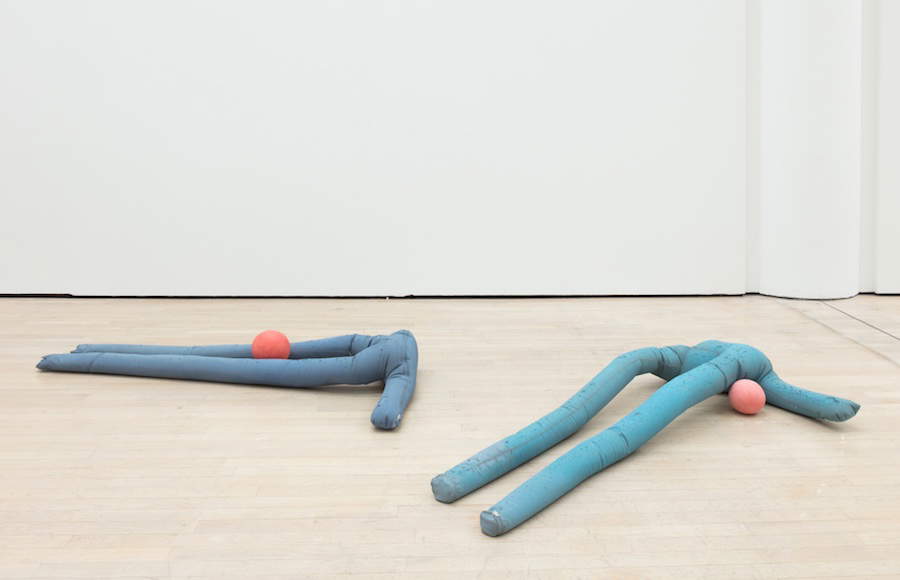Emerging and young artists. What is Italy's commitment to promoting them?
Who are the “emerging artists”? The question is Hamletic, the answer virtually impossible. Today the term “emerging artist” is also used broadly for those who are definitely over the age of thirty-five, the limit adopted in Europe to define a “young artist.” “Emerging” then has unfortunately become synonymous with “promising.” Since Italian artists, even those of recognized value, live in a cultural world connoted by so many promises and so few certainties, here it is that “emergence”-which it would be logical to make coincide with the period of youthful activity-can last until the threshold of third age.
Let’s say right away that a talented young artist can be an excellent bargain from an economic point of view. Discovering the quality of work in a 20-year-old offers the opportunity to purchase his or her work at a negligible cost, with a margin for growth in value that, over a lifetime, can become exceptional. We also know from Deloitte’s reports that collecting began as a passion but more importantly as a form of investment: investing in a young person has risks but can allow for huge returns. This is why the relative market is flourishing internationally: Art Basel’s 2022 report estimated that “new talent”-artists whose careers began less than a decade ago-accounts for 39 percent of the contemporary art trade’s share.
But not in Italy, where the estimate stops at 19 percent (and seems even too generous). The career of a young artist, in our country, struggles to take off before the age of forty and reaches international recognition with difficulty. Very few galleries invest in young people, very few museums or cultural institutions offer them in group and solo exhibitions. In recent years there has also been a huge reduction in the exhibition offerings of territorial entities-such as Regions, Provinces, Metropolitan Cities, Municipalities, Neighborhoods-which used to be lively and courageous. I remember with nostalgia, for example, the years of Lanfranco Binni at the Department of Culture of the Region of Tuscany: his project “TRA ART regional network for contemporary art,” born in 2002, kick-started so many careers of artists and curators.

Today, the Region of Tuscany’s own on-the-ground commitment to the promotion of contemporary art and culture includes only the annual call for proposals “Toscanaincontemporanea,” which through a competitive procedure provides grants to initiatives of ascertained value in amounts of fifteen thousand euros at most, a figure that cannot even cover the cost of setting up an exhibition. Greater in magnitude is the financial commitment of the Italian Council project, created in 2017 by the Ministry of Culture’s General Directorate for Contemporary Creativity with the specific task of promoting the production, knowledge and dissemination of young Italian contemporary creativity in the field of visual arts. In its first five editions, however, its work of promotion at the international level fell almost exclusively on artists over 40, who are therefore to be considered as “mid-career” rather than “emerging.”
A deficit of attention on young artists is evident in Italy, which does not exist abroad, where careful talent scouts, bold gallery owners, skilled collectors and specifically dedicated system structures operate. And it is not because there is less talent in our country, far from it. Our artistic education is recognized as valuable globally. In institutions of Higher Education in Art and Music - academies of fine arts, ISIAs, music conservatories - the percentage of foreign students among those enrolled reaches 38 percent, a rate that makes any Italian university faculty envious. But even our best students - whether Italian or foreign - need to emigrate abroad to “emerge”: professional affirmation is unfortunately no longer achieved by working only in the Bel Paese, where the courage to invest in the future has been lost.
Warning: the translation into English of the original Italian article was created using automatic tools. We undertake to review all articles, but we do not guarantee the total absence of inaccuracies in the translation due to the program. You can find the original by clicking on the ITA button. If you find any mistake,please contact us.





























